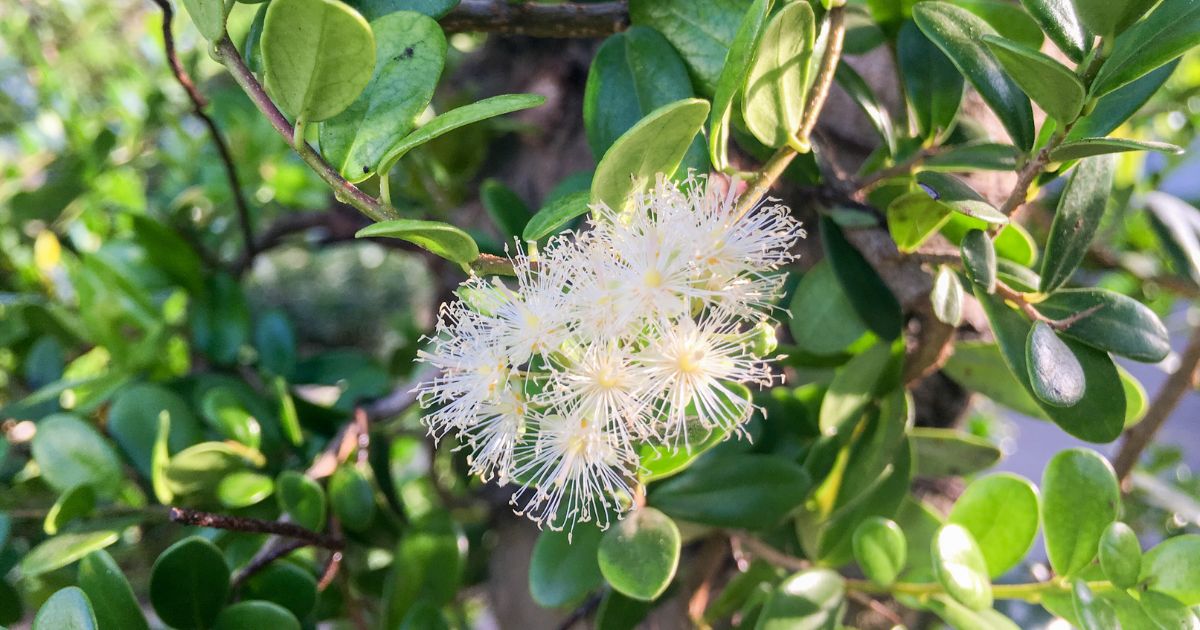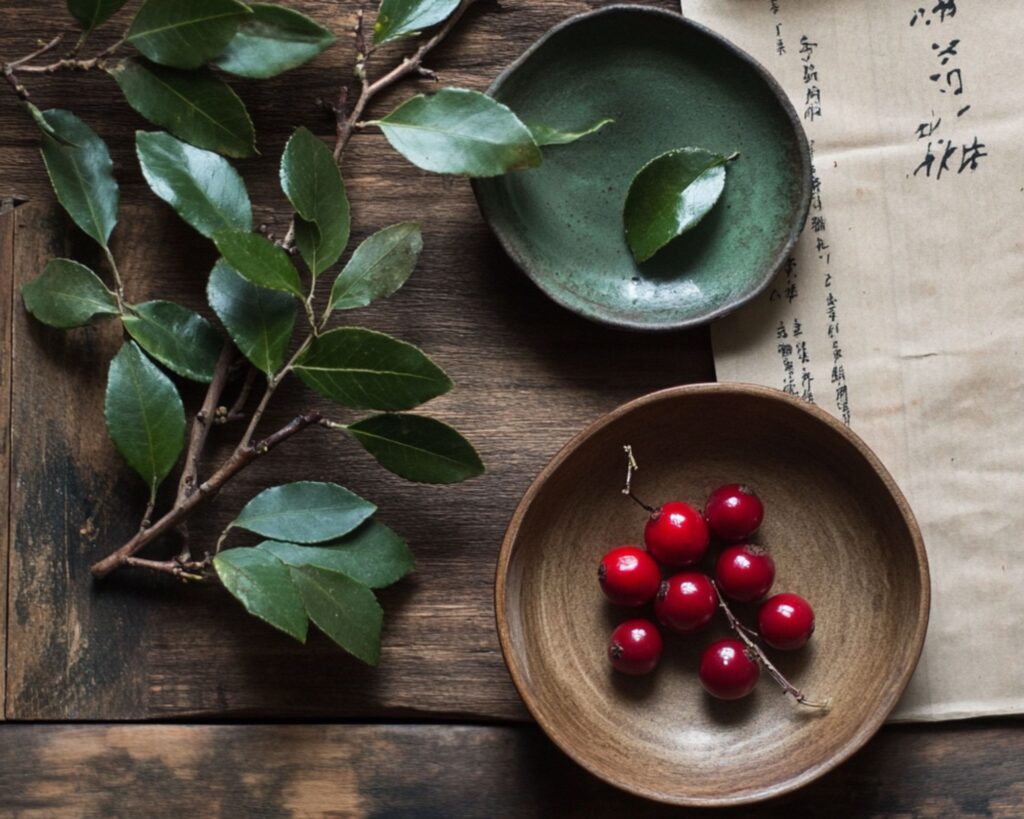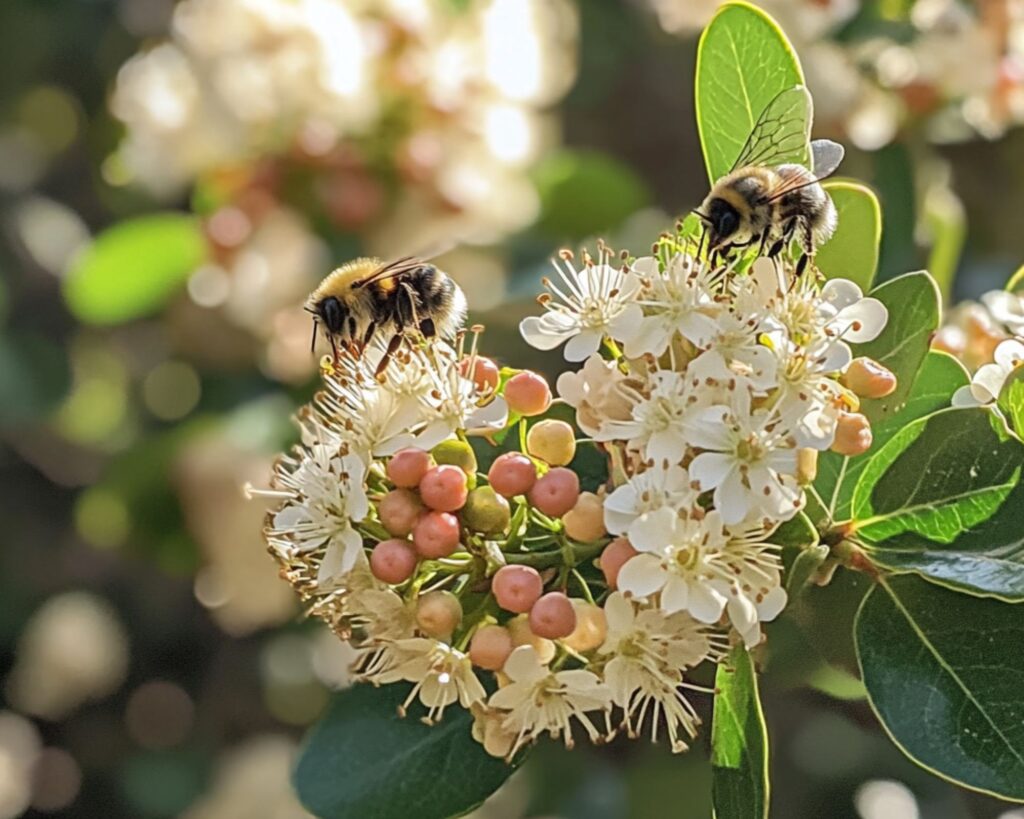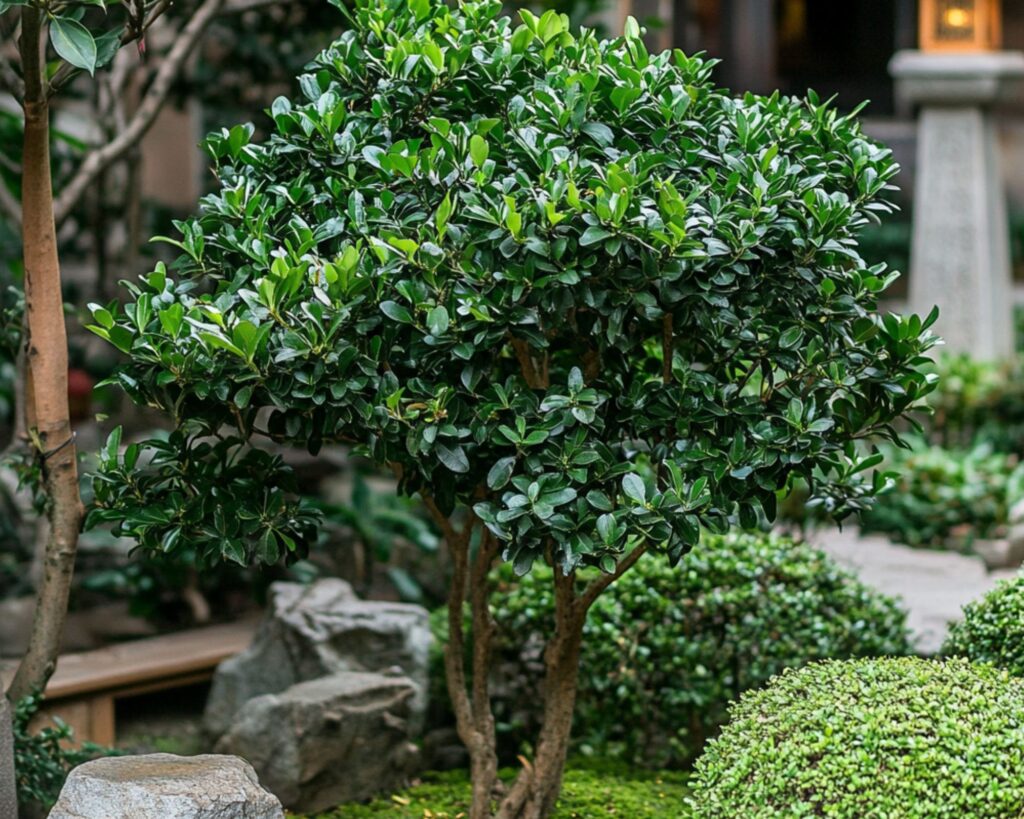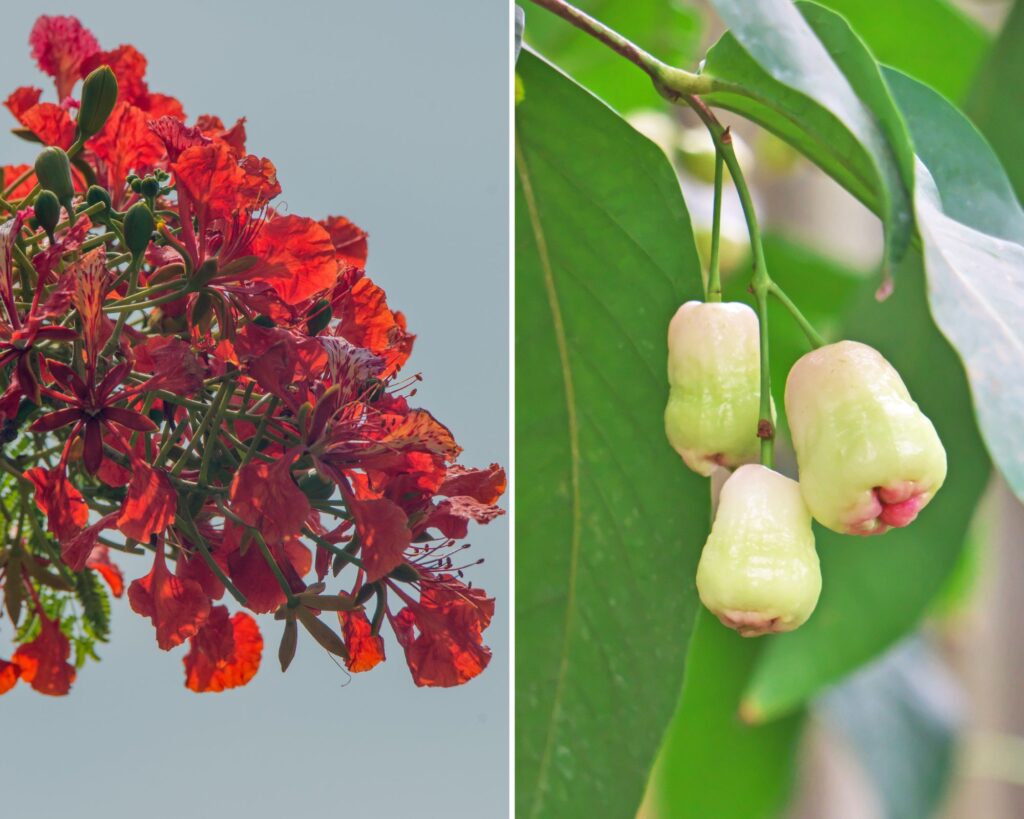Syzygium buxifolium, commonly known as box-leaved myrtle or mountain myrtle, is a lesser-known member of the Syzygium genus, a group that includes popular plants like the clove tree and various types of wax apples.
Native to East Asia, particularly China, Japan, and Taiwan, this plant is celebrated for its hardy, resilient nature and ornamental beauty.
Here are some intriguing facts that showcase why Syzygium buxifolium deserves more attention from gardeners, botanists, and nature enthusiasts alike.
1. A Hardy and Versatile Shrub
One of the most remarkable traits of Syzygium buxifolium is its adaptability. This evergreen shrub can thrive in a variety of climates and soil types, making it a resilient choice for gardens and landscapes.
It can handle both drought and high humidity, which means it’s suitable for everything from coastal to inland regions.
Additionally, it’s highly tolerant of pruning and can be shaped into hedges or topiaries, which adds to its appeal as a decorative plant.
In fact, its compact growth pattern and small, box-like leaves resemble boxwood, making it a great alternative for those seeking a low-maintenance evergreen shrub with a similar appearance.
Its hardiness also makes it ideal for those looking to create hedges, screens, or even bonsai displays.
2. Edible and Medicinal Uses
While it may not be as popular in culinary applications as its relative, the clove tree (Syzygium aromaticum), Syzygium buxifolium has a history of traditional use in herbal medicine.
In some East Asian cultures, the plant is valued for its health benefits, especially its leaves and bark.
It’s believed to possess anti-inflammatory and antibacterial properties, and some traditional practitioners use it in remedies to treat minor wounds, skin irritations, and respiratory issues.
The berries produced by Syzygium buxifolium, though small, are also technically edible. While not widely consumed, these berries are often compared to the flavor of wax apples and can be used in jams or as a garnish in some traditional dishes.
However, they’re generally too tart to eat fresh.
3. Attracts Pollinators and Supports Local Wildlife
Syzygium buxifolium is a valuable addition to a wildlife-friendly garden. Its fragrant flowers, which bloom in clusters of small, white, or light pink blooms, attract a variety of pollinators, including bees, butterflies, and birds.
Pollinators are drawn to its sweet aroma and nectar, which makes it an excellent choice for eco-conscious gardeners looking to support local wildlife.
Once the flowering season ends, the shrub produces bright red berries, which are an attractive food source for birds.
These berries persist on the plant well into winter, providing food during a time when other sources are often scarce. In this way, Syzygium buxifolium plays a role in supporting biodiversity and encouraging a balanced ecosystem.
4. Cultural and Aesthetic Appeal
This plant holds a special place in East Asian horticultural practices. Often used in traditional Japanese and Chinese gardens, Syzygium buxifolium brings an understated elegance to any landscape.
Its compact growth and small, glossy leaves make it easy to shape, and it is frequently used to create aesthetically pleasing hedges and borders.
Furthermore, its adaptability to pruning has led to its popularity in the art of bonsai.
Syzygium buxifolium responds well to the careful shaping and styling that bonsai requires, and its small leaves allow it to maintain a refined appearance even when miniaturized.
In bonsai displays, it symbolizes resilience and longevity—qualities that align with traditional East Asian symbolism associated with plants.
5. A Relatively Pest-Resistant Species
Another fantastic trait of Syzygium buxifolium is its natural resistance to many common pests and diseases.
While other members of the Syzygium genus may suffer from fungal infections or infestations by aphids, S. buxifolium has shown to be particularly resilient.
This pest resistance makes it a low-maintenance option for gardeners, particularly those looking for eco-friendly plants that don’t require chemical treatments.
Though largely resistant, Syzygium buxifolium isn’t entirely immune to pests.
Occasionally, it may attract scale insects or spider mites, but these are usually easy to manage with basic horticultural oil or mild insecticidal soap, especially when caught early.
6. Unique Phytochemicals and Potential Research Interest
Plants in the Syzygium genus are known to contain a range of interesting phytochemicals, and Syzygium buxifolium is no exception.
Research into this plant has revealed it contains compounds with antioxidant properties, and there is interest in further exploring its chemical makeup for potential pharmaceutical applications.
Studies indicate that extracts from the plant could have anti-inflammatory and antimicrobial effects, which may lend support to its traditional medicinal use.
Phytochemicals in S. buxifolium have also sparked interest in sustainable agriculture.
Some researchers are investigating whether compounds from this plant could be used as natural pesticides, potentially reducing reliance on synthetic chemicals and promoting organic farming practices.
7. Adaptability to Various Growing Conditions
As a tough, low-maintenance shrub, Syzygium buxifolium is highly adaptable to different growing environments.
It’s hardy in USDA zones 7–10 and can tolerate a range of light conditions, from full sun to partial shade. It also has a good tolerance for various soil types, as long as they are well-draining.
This plant’s adaptability makes it a versatile choice for gardeners with varied landscaping needs.
Whether you need a reliable hedge, a backdrop in a perennial border, or a specimen plant for a container, Syzygium buxifolium fits the bill.
It’s especially popular in urban landscaping for its ability to withstand pollution and poor soil conditions, making it a reliable option for city gardens.
8. A Natural Air Purifier
Like many evergreen plants, Syzygium buxifolium contributes to air purification. Its leaves are highly efficient at absorbing pollutants from the air, including particulates from vehicle emissions and other urban pollutants.
As a shrub that thrives in various climates and settings, it offers environmental benefits beyond its aesthetic appeal.
Incorporating Syzygium buxifolium into a home or community garden not only enhances visual appeal but also provides an eco-friendly element by naturally filtering the air.
This feature makes it particularly suitable for gardens in urban settings or for anyone looking to add a touch of greenery with additional environmental benefits.
9. The Lesser-Known Relative of Popular Species
As a relative of more widely known Syzygium species – such as Syzygium aromaticum (cloves) and Syzygium samarangense (wax apple) – Syzygium buxifolium often flies under the radar.
However, its unique combination of ornamental beauty, adaptability, and ecological benefits make it a gem waiting to be discovered by more gardeners.
While it may not have the culinary uses of cloves or the fruity appeal of wax apples, S. buxifolium holds its own in the garden as an attractive, resilient shrub that requires minimal maintenance and contributes to the local ecosystem.
Syzygium buxifolium may not be the most famous member of the Syzygium family, but it certainly has much to offer.
From its resilience and low-maintenance needs to its role in traditional medicine and support of local wildlife, this box-leaved myrtle has numerous qualities that make it a valuable addition to any garden.
Whether you’re interested in its ornamental appeal, ecological benefits, or potential medicinal uses, Syzygium buxifolium deserves a closer look.
Next time you’re considering a new shrub for your landscape, think beyond the usual choices and give Syzygium buxifolium a try.
With the right care, this hardy shrub can become a lasting feature in your garden, adding beauty, resilience, and even a touch of East Asian tradition to your outdoor space.
